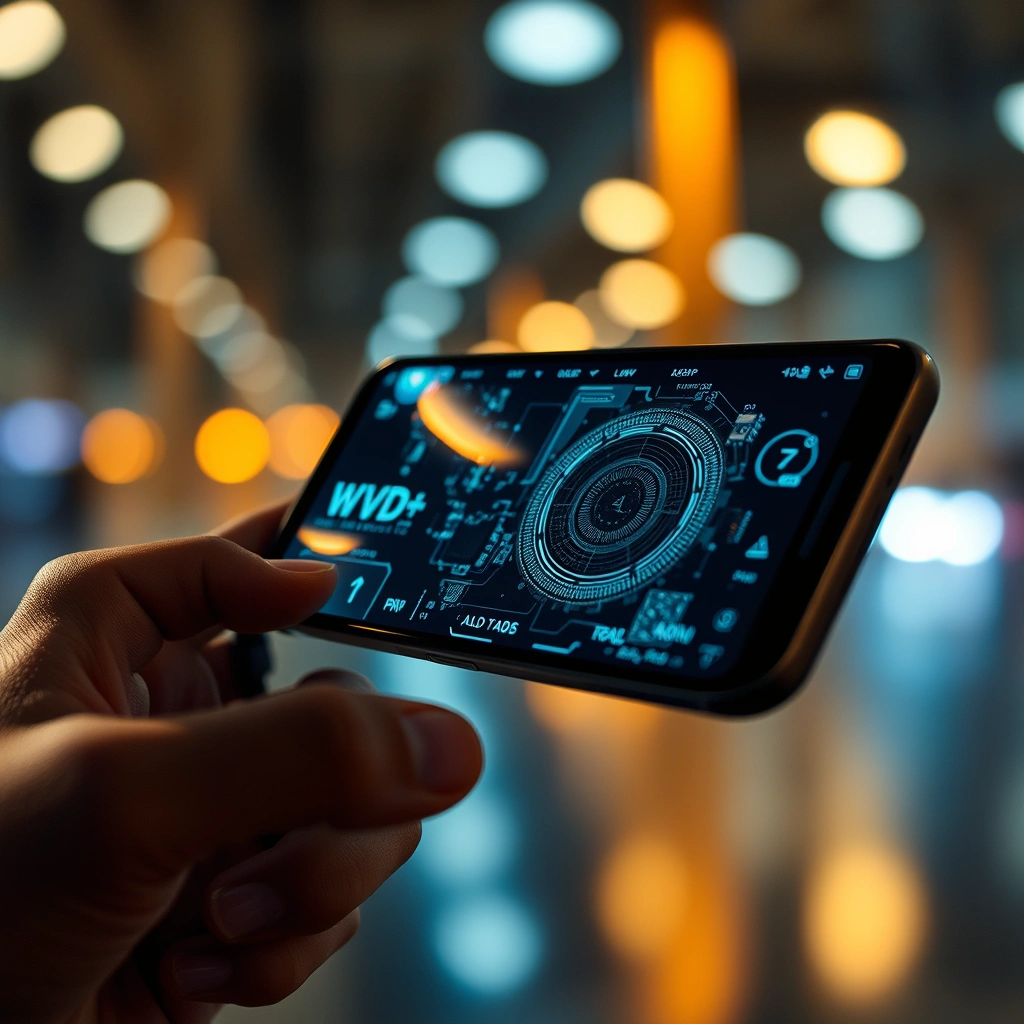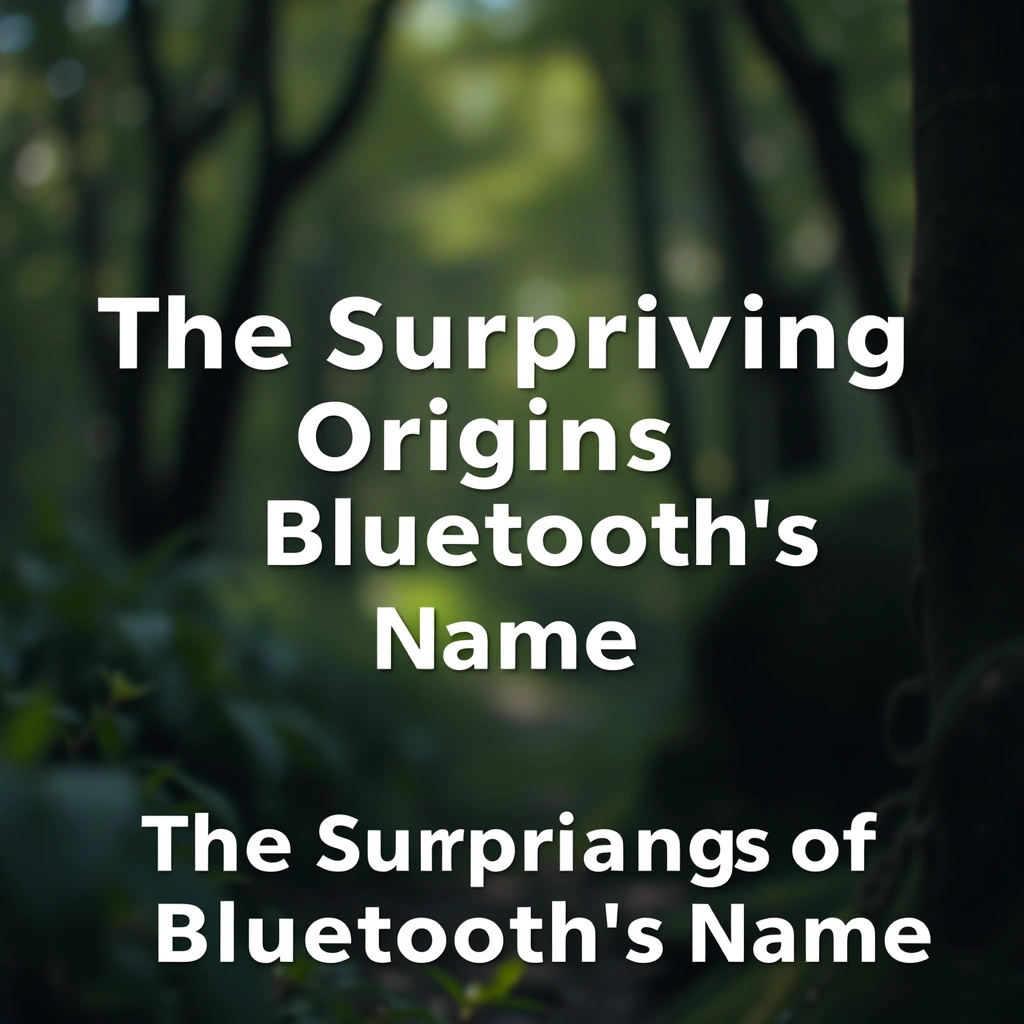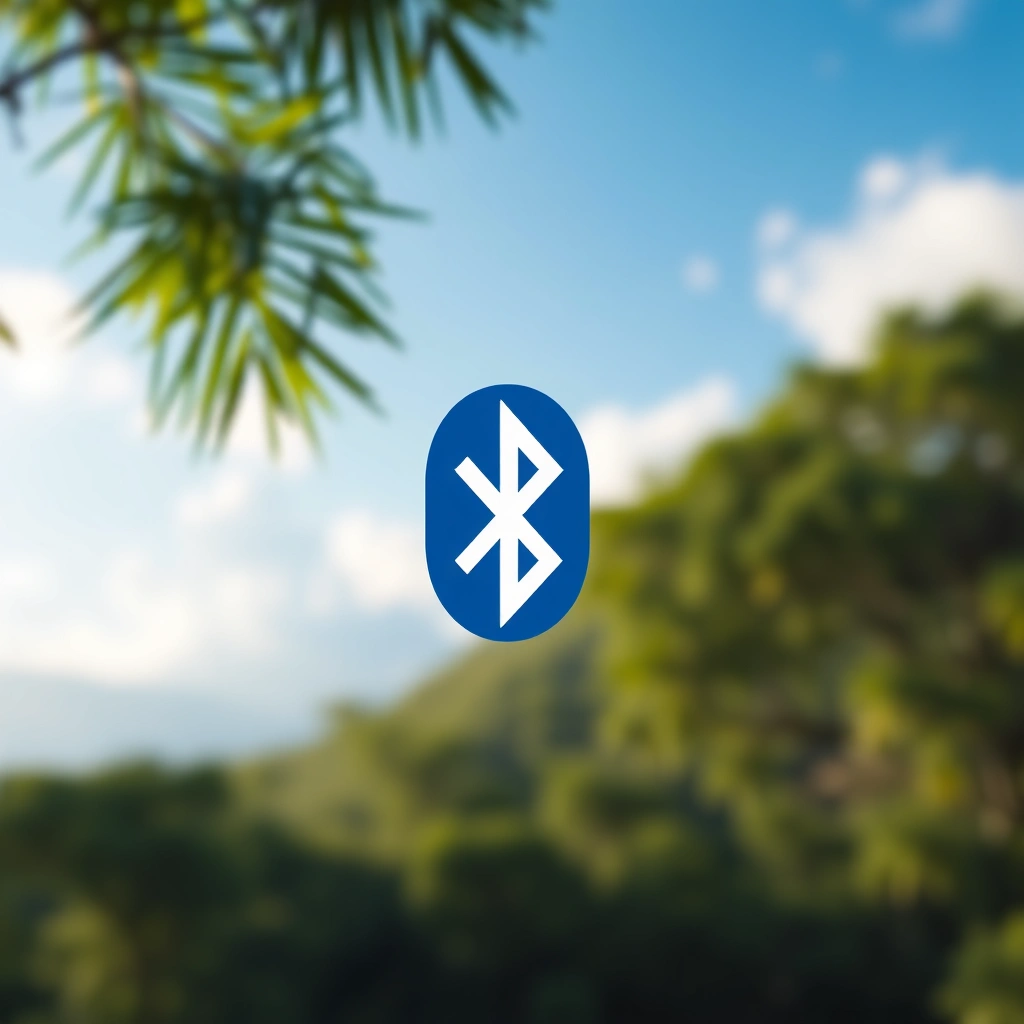The Hidden Engine Behind Mobile Marvels
Ever wondered how your smartphone delivers such seemingly magical experiences—stunning photos, voice assistants, immersive games, and lightning-fast searches—all from the palm of your hand? The secret isn’t just in the latest app or a shiny screen. Beneath the surface, a remarkable tech innovation silently drives these features every time you swipe, tap, or speak. It’s a combination of engineering brilliance and clever software that’s revolutionized the way we interact with the world. Today, we’ll peel back the curtain to explore the surprising tech innovation that powers nearly every aspect of your smartphone, making your daily digital life faster, smarter, and more enjoyable.
What Is the Game-Changing Tech Innovation in Your Smartphone?
It’s impossible to talk about modern smartphones without mentioning the transformative role of the system-on-chip, or SoC. This single, postage-stamp-sized piece of silicon is the brain and brawn of your device, containing multiple components such as processors, memory, and wireless radios, all working together in perfect harmony.
System-on-Chip: The Integrated Wonder
SoC is the technological marvel that minimizes size while maximizing performance and efficiency. Unlike the scattered components of older gadgets, the SoC unifies everything—central processing unit (CPU), graphics processing unit (GPU), artificial intelligence (AI) accelerators, 5G modems, and more—into a seamless, energy-efficient design.
– Reduced power consumption extends battery life.
– Enhanced processing speeds deliver faster apps and smoother gaming.
– Minimized space allows slimmer, lighter phones.
Scientific American highlights how SoCs revolutionize devices: “They’re responsible for much of the increased power and efficiency we now take for granted in our electronics.” (source: https://www.scientificamerican.com/article/how-smartphones-work/)
Miniature Manufacturing: Tiny Transistors, Huge Results
At the heart of this tech innovation are microscopic transistors, now barely a few atoms wide. Leading manufacturers like TSMC and Samsung employ 5-nanometer (nm) and even smaller processes to etch billions of these switches onto one chip.
– Over 15 billion transistors fit on a millimeter-sized surface.
– Smaller transistors mean more features and less heat.
– Enables AI, photography, and gaming tasks at breakneck speed.
This relentless miniaturization is what allows your smartphone to feel like a supercomputer in your pocket.
How AI and Machine Learning Intensify Smartphone Magic
A central part of modern smartphone prowess is AI—woven into the fabric of your device thanks to neural processing units (NPUs) built into the SoC. This tech innovation lets your phone not only run your commands but predict what you’ll need next.
Everyday Experiences Enhanced by AI
Neural engines process images, interpret speech, and translate languages in real time, all while using less energy than traditional methods.
– Snap a photo, and AI sharpens details and balances colors instantly.
– Voice assistants like Siri and Google Assistant understand natural speech more accurately.
– Apps suggest messages, schedule reminders, and optimize battery life automatically.
According to Qualcomm, “AI on the SoC is making devices smarter, more responsive, and more personalized than ever before.” (source: https://www.qualcomm.com/solutions/ai)
Privacy & Security By Design
Because AI computations happen locally, sensitive data—like facial recognition scans—never have to leave your phone. This makes unlocking your device, securing apps, and protecting private information much safer.
– On-device encryption powered by secure elements within the SoC.
– Payment methods, health data, and messages safeguarded.
– Faster, more reliable biometric security.
The Powerhouse GPUs Unleashing Mobile Creativity and Fun
Graphics processing units, or GPUs, embedded into every SoC, are not just for graphics—they’re the heart of your gaming, creative apps, and even some AI functions. This often-overlooked tech innovation handles parallel computing jobs that CPUs can’t manage alone.
Next-Level Mobile Gaming and Video
Whether you’re battling dragons, editing 4K videos, or exploring virtual worlds, the GPU makes it possible.
– Smooth frame rates even in graphically intense games.
– Real-time ray tracing and photorealistic effects arriving on top-tier phones.
– Augmented Reality (AR) experiences and animated emojis.
Mobile GPUs are now nearly as capable as those in laptops, bringing console-quality entertainment anywhere.
Creative Freedom in Your Hands
Thanks to this tech innovation, amateurs and professionals alike produce studio-quality content from their phones.
– High-speed video and photo editing with instant previews.
– Advanced art apps for digital painting and 3D modeling.
– Seamless multitasking: switch between camera, chat, and editing software.
The built-in power of modern GPUs continues to blur the boundaries between handheld and desktop creative possibilities.
Revolutionary Connectivity: 5G, Wi-Fi 6, and Beyond
Today’s SoC not only processes information but also connects you, using cutting-edge wireless tech. The race for speed and responsiveness powered another round of tech innovation—integrating 5G modems and support for the latest Wi-Fi and Bluetooth standards.
Lightning-Fast Connections, Everywhere
– 5G modems deliver download speeds up to 10 gigabits per second.
– Streaming 4K video with no lag, even in crowded stadiums.
– Face-to-face HD calls and instantaneous cloud backups.
According to the GSMA, by 2025, over 1.8 billion smartphones will use 5G, changing how we work, play, and interact globally. (source: https://www.gsma.com/mobileeconomy/)
Smart Performance in a Connected World
Integrated wireless tech cuts down lag and battery use while expanding your mobile potential.
– Automatic switching between Wi-Fi, cellular, and Bluetooth to save power.
– Improved location accuracy for navigation and apps.
– Seamless smart home integration: control lights, appliances, or security from your phone.
This continuous push in wireless tech innovation keeps your smartphone at the heart of your digital life.
The Unsung Heroes: Battery and Charging Innovations
All this raw power needs careful energy management—a role filled by advanced battery and charging technology shaping every smartphone generation.
Fast Charging and Durable Batteries
– New chemistries and management chips extend battery health.
– Fast charging: get a day’s power in under 20 minutes.
– Wireless charging for hassle-free top-ups.
Improvements aren’t just in hardware; intelligent software constantly monitors usage, adapting power delivery for efficiency and longevity, a testament to ongoing tech innovation.
Eco-Friendly Progress and Future Potential
Manufacturers increasingly focus on sustainability:
– Batteries designed for more charge cycles and easier recycling.
– Reduced use of rare materials, shrinking environmental impact.
– Promising research: solid-state batteries and solar charging on the horizon.
When hardware and software synergize, your smartphone becomes faster, greener, and more reliable year after year.
What’s Next? Emerging Tech Innovation in Smartphones
The future only promises more radical advances, as each layer of smartphone technology builds upon the last. Here’s a sneak peek at disruptive tech innovation coming soon to your pocket.
Folding and Flexible Displays
Manufacturers like Samsung and Motorola are now pushing foldable phone designs, while startups experiment with rollable screens.
– Use your phone as a compact device, then unfold it into a tablet.
– Innovative, rugged materials for screens that bend, not break.
– Multiple device use cases in one handheld gadget.
On-Device Intelligence and Edge Computing
As AI processing gets smarter and networks faster, phones become proactive digital assistants.
– Predict what information or actions you need before you ask.
– Run complex apps, even without a constant internet connection.
– Rich experiences for health, finance, and entertainment managed locally.
Sensor Innovation Expanding What’s Possible
Your smartphone’s camera will soon sense much more than just light.
– Health scans: blood pressure and glucose monitoring.
– Environmental: air quality and UV alerts.
– Advanced AR: lifelike interaction with digital objects.
Smartphones are evolving into truly indispensable companions, all built on the foundation of relentless tech innovation.
Rooted in Tech Innovation: Why Your Smartphone Is More Than the Sum of Its Parts
Peeling back the layers of your phone reveals a symphony of hardware and software, unified by forward-thinking engineering. The system-on-chip is the ultimate example of tech innovation—compressing vast capabilities into something you barely notice, yet rely on every day.
– It handles your photos, games, calls, and streaming, all while sipping power.
– It keeps your information private, your experiences personal, and your connections seamless.
– It’s the silent architect of the mobile revolution—a force reshaping work, creativity, health, and play.
As we look ahead, the pace of tech innovation promises even more radical changes, with smarter, more powerful, and eco-friendly devices on the way.
Are you ready to get more from your technology and stay informed about the latest advancements? Reach out via khmuhtadin.com to share your thoughts, ask questions, or discover how tech innovation can transform your business or daily life.









